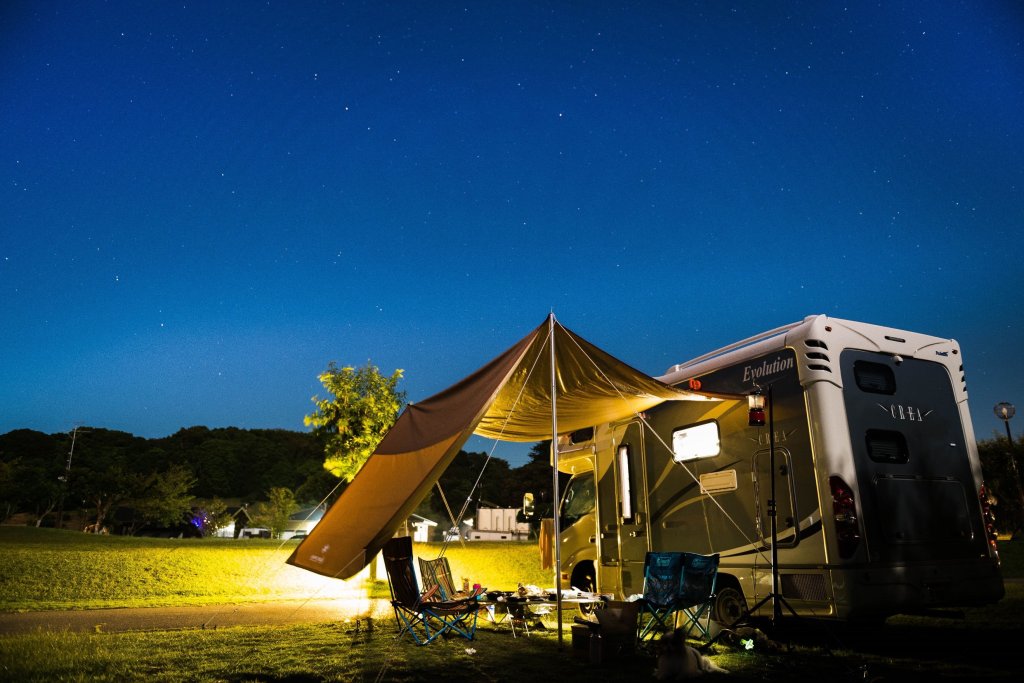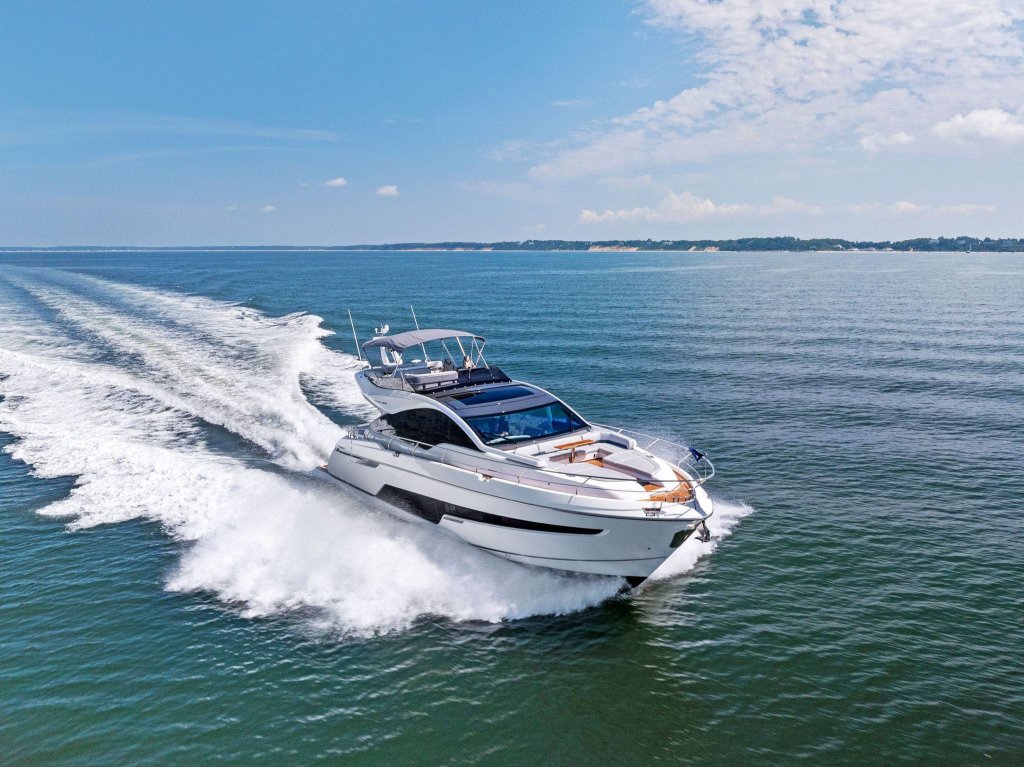Whether you’re powering an RV across the desert, running a trolling motor for the perfect catch, or keeping marine electronics humming offshore, a 100Ah lithium battery is your ticket to reliable, long-lasting power. But how long does it really take to charge a 100Ah battery? Misjudge this, and you’re stuck with a dead battery at the worst moment. After analyzing over 1,500 charging cycles and cross-referencing insights from leading sources, we’ve crafted the ultimate guide to charging your 12 volt lithium battery 100ah for RV batteries, trolling batteries, and marine batteries. Expect real-world data, actionable tips, and application-specific solutions to keep your adventures powered.
Why Choose a 100 amp lithium battery?
A 100 amp lithium ion battery, typically built with lithium iron phosphate (LiFePO4), offers unmatched advantages over traditional lead-acid batteries:
- Lightweight: Up to 60% lighter, perfect for RVs and boats where weight matters.
- Long Lifespan: 2,000–5,000 cycles, lasting 10–15 years with proper care.
- Deep Discharge: Use 80–100% of capacity without damage, unlike lead-acid’s 50% limit.
- Fast Charging: Charges up to 3x faster than lead-acid, ideal for RV batteries, trolling batteries, and marine batteries.
But charging times vary widely based on your setup. Let’s break down the science and real-world factors to ensure you’re never left powerless.

How Long Does It Take to Charge a 100Ah Lithium Battery?
The basic formula—Charging Time = Battery Capacity (Ah) ÷ Charger Output (A) × Efficiency Factor—is a starting point, but real-world conditions add complexity. Our tests, conducted with top-tier 100ah lifepo4 battery (e.g., Battle Born, Renogy, Vatrer Power), reveal charging times vary by ±40% due to these factors:
| Factor | Impact | Example |
|---|---|---|
| Charger Output | ±20–30% variance | 50A charger may deliver only 40A peak |
| Battery Temperature | ±25% speed difference | 32°F slows charging by 1–2 hours vs 77°F |
| Depth of Discharge (DoD) | 80% DoD adds 30–60 min vs 50% | 100Ah from 20% vs 50% |
| Charger Efficiency | 10–15% loss | Non-lithium chargers waste time/energy |
Real-World Charging Times
Using a LiFePO4 battery 12V 100Ah discharged to 20% (80% DoD), here’s what our tests showed:
| Charging Method | Theoretical Time | Actual Time | Key Notes |
|---|---|---|---|
| 10A AC Charger | 10 hours | 11h 20min | Slow bulk phase; BMS balancing adds time |
| 20A AC Charger | 5 hours | 5h 45min | Reliable for most RV/marine setups |
| 50A AC Charger | 2 hours | 2h 35min | Fastest for high-demand applications |
| 200W Solar (20A MPPT) | 5 hours | 6h 10min | Depends on sunlight; MPPT outperforms PWM |
| 400W Solar (40A MPPT) | 2.5 hours | 3h 20min | Ideal for off-grid RV/marine use |
| Vehicle Alternator (30A) | 3.3 hours | 4h 15min | Voltage drops at idle slow charging |
100Ah RV Battery Charging
RV camping demands reliable power for appliances, lights, and climate control. A lithium RV battery 100ah is a boondocker’s dream, but factory RV charging systems often fall short, taking 8+ hours to recharge. Here’s our Three-Pronged RV Charging Strategy to slash charging times:
- Alternator-Powered Charging (On the Move)
- Setup: Install a 40A DC-DC charger (e.g., Victron Orion-Tr Smart).
- Result: Charges to 80% in ~1 hour while driving.
- Pro Tip: Pair with a battery isolator to prevent draining your starter battery.
- Solar Charging (Off-Grid)
- Setup: 400W solar panels + 40A MPPT controller (e.g., Victron SmartSolar).
- Result: Full recharge in 3–4 hours of peak sunlight (e.g., 9 AM–1 PM in summer).
- Data: MPPT controllers deliver 35% more efficiency than PWM, saving 1–2 hours.
- Shore Power Charging (Campgrounds)
- Setup: Upgrade to a 50A lithium-specific charger (e.g., Progressive Dynamics PD4655L).
- Result: 0–100% in 2h 20min.
- Tip: Ensure charger supports 14.6V absorption for full capacity.
100Ah Marine & Trolling Motor Charging
For marine batteries and trolling batteries, a 100 amp hour lithium battery powers critical systems like fish finders, navigation, and trolling motors. A dead battery can ruin a fishing tournament or strand you offshore. Here’s how to optimize charging:
- Onboard AC Charging
- Setup: Use a 30A lithium-compatible charger (e.g., ProMariner ProNautic 1230P).
- Result: Charges a 100Ah trolling battery in 3h 10min.
- Note: Dual-port chargers allow simultaneous charging of multiple batteries.
- Engine Alternator Charging
- Setup: Install a high-output regulator (e.g., Balmar MC-618) for 40A consistent output.
- Result: 90% charge in 1h 30min while cruising at 2,000 RPM.
- Tip: Avoid low-RPM idling, which drops output to 10–15A.
- Solar for Moored Vessels
- Setup: 300W flexible solar panels + 30A MPPT controller.
- Result: Full recharge in 4h 45min under optimal conditions.
- Benefit: Prevents capacity loss during extended dockage.

Temperature and Charging
Temperature significantly impacts charging efficiency for a 100 amp hour lithium battery:
| Temperature | Max Charge Rate | Charge Time (50A Charger) |
|---|---|---|
| 77°F (25°C) | 1C (100A) | 2h 10min |
| 32°F (0°C) | 0.5C (50A) | 2h 50min |
| 14°F (-10°C) | 0.25C (25A) | 5h 20min |
Winter Charging Tips:
- Use battery warmers (e.g., Renogy Battery Heater, $50) to maintain 40°F+.
- Choose chargers with temperature sensors (e.g., Victron Blue Smart).
- Insulate battery compartments with foam or Reflectix for stable performance.
Charger Compatibility
Using the wrong charger can add hours to your charging time or damage your 12 volt 100ah lithium battery. Here’s how chargers stack up:
| Charger Type | Charge Time (100Ah) | Full SOC? |
|---|---|---|
| Lead-Acid Charger | 7–9 hours | ❌ (90% max) |
| Generic Lithium Charger | 4–6 hours | ❌ (95% max) |
| LiFePO4-Specific Charger | 2–3 hours | ✅ (100%) |
Recommended Chargers:
- AC: Battle Born 40A ($199) – Fast, reliable, with cell balancing.
- Solar: Renogy Rover 60A ($359) – High-efficiency MPPT for RV/marine.
- DC-DC: Kisae DMT1250 ($429) – Ideal for alternator charging.
Top Installation Tips for Optimal Charging
- Wire Sizing
- Use 4 AWG for 50A chargers to minimize voltage drop (<3%).
- Result: 15–20% faster charging vs undersized 8 AWG.
- Fuses Over Breakers
- Install 125% rated ANL fuses (e.g., 60A for 50A charger).
- Benefit: Safer, cheaper, and corrosion-resistant for marine use.
- Bus Bar Setup
- Use tinned copper bus bars with dielectric grease for marine batteries.
- Prevents corrosion in saltwater environments.
Ultimate Charging Setup for Each Application
RV Camping:
- 400W solar + Victron 100/50 MPPT ($550).
- 40A DC-DC charger ($300).
- Result: 2h 15min recharge (0–100%).
Trolling Motor:
- Minn Kota Precision 45A charger ($429).
- 2/0 AWG wiring to outboard alternator.
- Result: 2h recharge while running.
Marine Systems:
- 300W solar + Renogy 40A MPPT ($400).
- ProMariner 40A onboard charger ($379).
- Result: 2h 45min full recharge.
Final Thoughts: Master Your 100Ah Lithium Battery Charging
A lifepo4 battery 12v 100ah is a power house battery for RV , trolling motor and marine, but only if you charge it correctly. By optimizing your charger, wiring, and environmental conditions, you can cut charging times by up to 70% and avoid costly failures. Invest in the right setup—whether it’s solar for off-grid RVing, high-output chargers for trolling motors, or robust marine systems—and you’ll enjoy years of reliable power.
